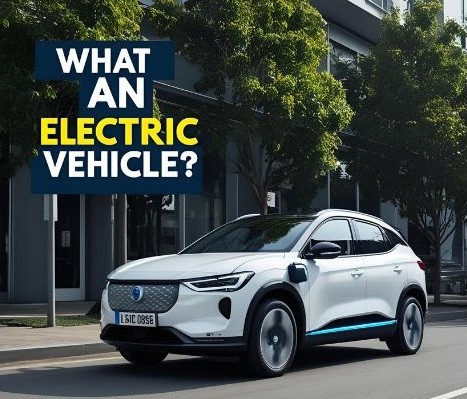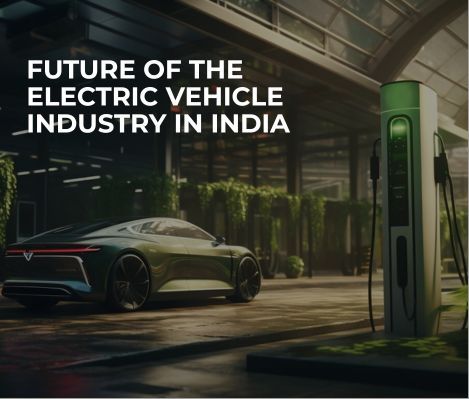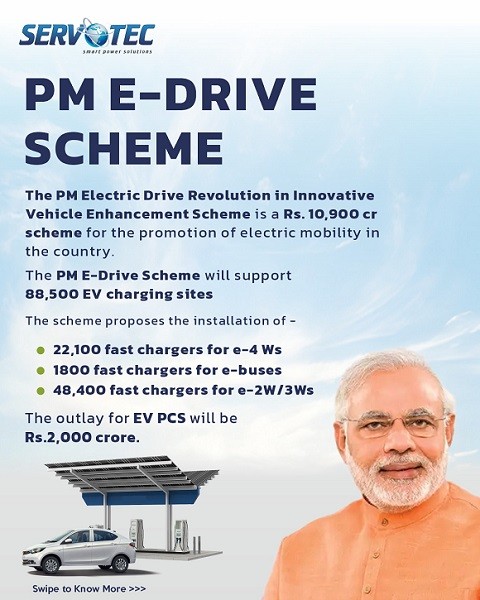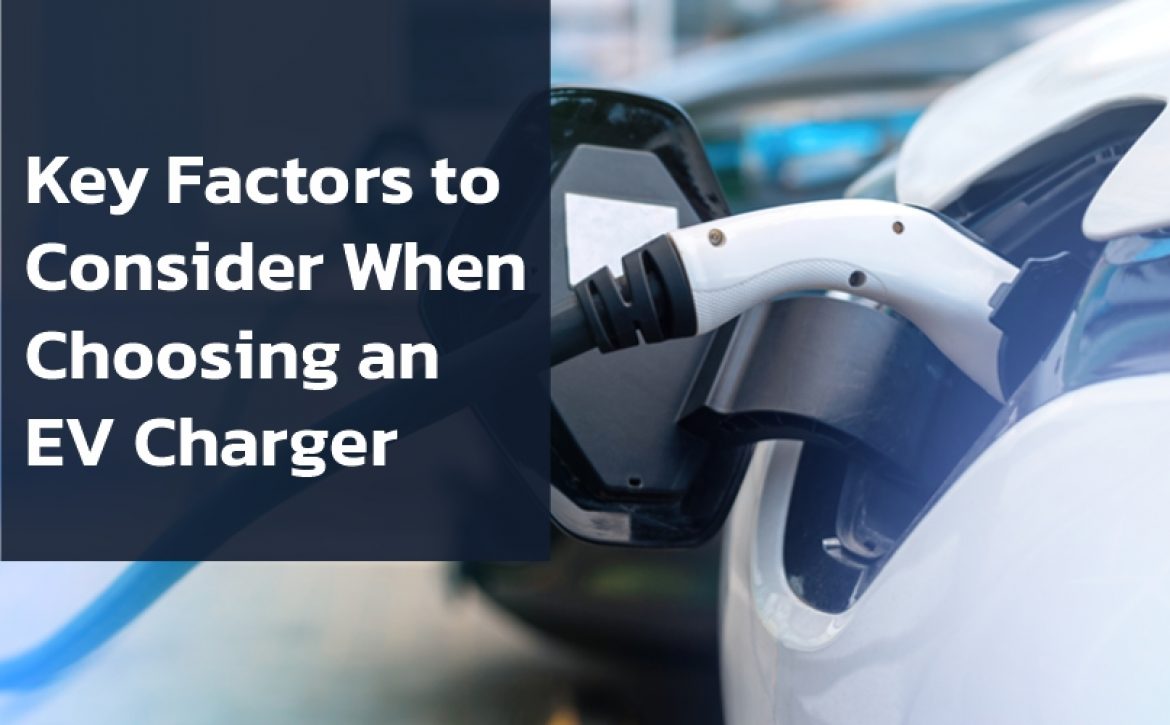How ANPR Technology is Revolutionizing EV Charging and CPO Systems
Automatic Number Plate Recognition (ANPR) technology is a cutting-edge system that uses optical character recognition (OCR) to detect and read vehicle number plates. By employing advanced image processing algorithms, ANPR systems capture license plate data from vehicles in real time, making them invaluable in areas such as traffic management, parking systems, and law enforcement. In recent years, the integration of ANPR technology within the EV (Electric Vehicle) charging ecosystem and Charge Point Operators (CPOs) has gained significant traction, offering innovative solutions to enhance efficiency, security, and user experience.
What is an ANPR (Automatic Number Plate Recognition)

ANPR is a technology designed to identify and record vehicle license plates using high-speed cameras and software capable of processing and analyzing images. The extracted information is then compared with existing databases for various purposes, including traffic enforcement and access control.
How ANPR Technology Works
ANPR systems work by capturing images of vehicle plates through high-definition cameras, followed by image pre-processing to enhance quality. The OCR software then converts the image into text, which is cross-referenced with databases to extract relevant information. With advancements in AI and machine learning, ANPR technology has become more accurate and reliable than ever.
Evolution and Advancements in ANPR
Since its inception, ANPR technology has evolved significantly, from simple plate detection systems to complex, AI-driven solutions. Enhanced image recognition, faster processing speeds, and integration with cloud computing are some of the recent advancements.
Applications of ANPR Technology
1. Traffic Management and Law Enforcement
ANPR technology is essential for law enforcement agencies to monitor and track vehicles effectively. It helps detect unregistered, stolen, or suspicious vehicles, enhancing public safety. Additionally, ANPR systems contribute to improved traffic flow and enforcement of traffic regulations.
2. Parking Management Systems
Parking operators leverage ANPR for automated entry and exit systems, providing hassle-free parking experiences. The technology reduces wait times by instantly recognizing vehicles and granting access. It also improves security by monitoring unauthorized parking and enhancing revenue collection through accurate tracking.
3. Toll Collection and Access Control
ANPR systems streamline toll collection by automatically identifying vehicles and enabling contactless payments. This technology eliminates the need for manual ticketing and reduces traffic congestion at toll booths. Enhanced efficiency improves the overall user experience and revenue generation for toll operators.
4. Smart City Infrastructure
Integrating ANPR with smart city systems enhances urban management by providing real-time data on traffic patterns and parking availability. It supports better urban planning, reduces congestion, and improves overall transportation efficiency. ANPR technology plays a vital role in developing intelligent and connected urban environments.
The Role of ANPR in the EV Charging
i) Integration with EV Charging Stations
ANPR technology is being incorporated into EV charging stations to automate vehicle identification upon arrival. This integration enables seamless user authentication, allowing authorized vehicles to access charging services instantly. It also simplifies payment processing, enhancing overall convenience and efficiency.
ii) Enhancing User Authentication and Payment Processing
By replacing manual input with automatic vehicle recognition, ANPR technology simplifies the payment process. Users can enjoy contactless and secure transactions without additional steps. This approach enhances user satisfaction by offering a smooth, hassle-free charging experience.
iii) Streamlining EV Fleet Management
For EV fleet operators, oc provides valuable insights into vehicle location, charging status, and availability. Automated monitoring enables better scheduling, maintenance planning, and efficient resource allocation. This data-driven approach improves overall fleet performance and reduces operational costs.
ANPR Connection with CPO (Charge Point Operators)
1. How CPOs Utilize ANPR for Efficient Management
CPOs are adopting ANPR systems to streamline their operations by accurately identifying and tracking vehicles. This technology helps optimize charging schedules, reducing downtime and enhancing resource allocation. Automated monitoring also minimizes manual intervention, cutting operational costs. The result is a more efficient and responsive charging network.
2. Improving EV Charger Accessibility and Reservations
ANPR technology allows CPOs to offer reservation-based charging slots, enhancing convenience for EV users. By recognizing registered vehicles upon arrival, it ensures priority access and reduces waiting times. This system also improves user satisfaction by guaranteeing availability during peak hours. Effective reservation management boosts overall network efficiency.
3. Enhancing Security and Monitoring for CPOs
ANPR systems contribute to the security of EV charging infrastructure by continuously monitoring vehicles accessing the chargers. It helps detect unauthorized access or suspicious activities, enhancing the safety of the charging environment. Integrating ANPR with surveillance systems provides a comprehensive security solution. This proactive approach minimizes risks and safeguards assets effectively.
Benefits of Integrating ANPR with EV and CPO Systems
i) Improved Efficiency and Convenience
Integrating ANPR technology with EV and CPO systems automates vehicle identification and access control, minimizing manual interventions. This results in faster, smoother operations and reduced operational costs. Enhanced efficiency ensures a seamless experience for both service providers and users.
ii) Enhanced User Experience
By simplifying vehicle recognition and payment processes, ANPR integration speeds up charging sessions. Users enjoy a hassle-free, contactless experience that eliminates the need for physical authentication. The streamlined process leads to higher user satisfaction and loyalty.
iii) Data Collection for Better Planning and Maintenance
ANPR systems collect valuable data on vehicle usage patterns, charging frequencies, and peak times. CPOs can leverage these insights to improve maintenance schedules, enhance infrastructure planning, and optimize resource allocation. Data-driven decisions ensure better service reliability and network growth.
Challenges and Considerations
1) Privacy Concerns and Data Security
Collecting and storing vehicle data through ANPR systems raises significant privacy concerns. Ensuring data protection requires implementing robust encryption and compliance with privacy regulations. Transparent policies are essential to build user trust and avoid legal complications.
2) Technical Limitations and Costs
Deploying ANPR systems involves substantial costs, especially for large-scale networks of EV chargers. Technical challenges include ensuring accurate detection under various lighting and weather conditions. Balancing cost-efficiency and performance is critical for successful integration.
3) Legal and Regulatory Challenges
Different countries have distinct regulations governing the use of ANPR technology. Complying with varying standards and obtaining necessary permissions can be complex and time-consuming. Adhering to regional laws is essential to avoid legal hurdles and ensure smooth operations.
Future of ANPR Technology in EV Charging and CPO Systems
i) Emerging Trends and Innovations
AI-powered ANPR systems are enhancing accuracy and efficiency through real-time vehicle identification. Blockchain-based security solutions are being explored to protect data privacy and integrity. These innovations are driving the evolution of ANPR technology in EV charging systems.
ii) Potential Market Growth and Adoption Rates
The growing popularity of electric vehicles is boosting the demand for ANPR-integrated charging solutions. As more CPOs adopt this technology, market growth is expected to accelerate. Enhanced efficiency and convenience will further drive adoption rates globally.
iii) Policy Recommendations for Wider Implementation
Governments should create clear regulatory frameworks that address privacy, security, and interoperability concerns. Offering incentives and grants can encourage CPOs to adopt ANPR technology. Supportive policies will pave the way for widespread integration and innovation.
Conclusion
ANPR technology holds immense potential for transforming the EV charging and CPO landscape. As the technology continues to evolve, it promises enhanced security, efficiency, and user experience. The road ahead involves overcoming technical and regulatory challenges to fully unlock the benefits of ANPR technology within the EV and CPO systems.















